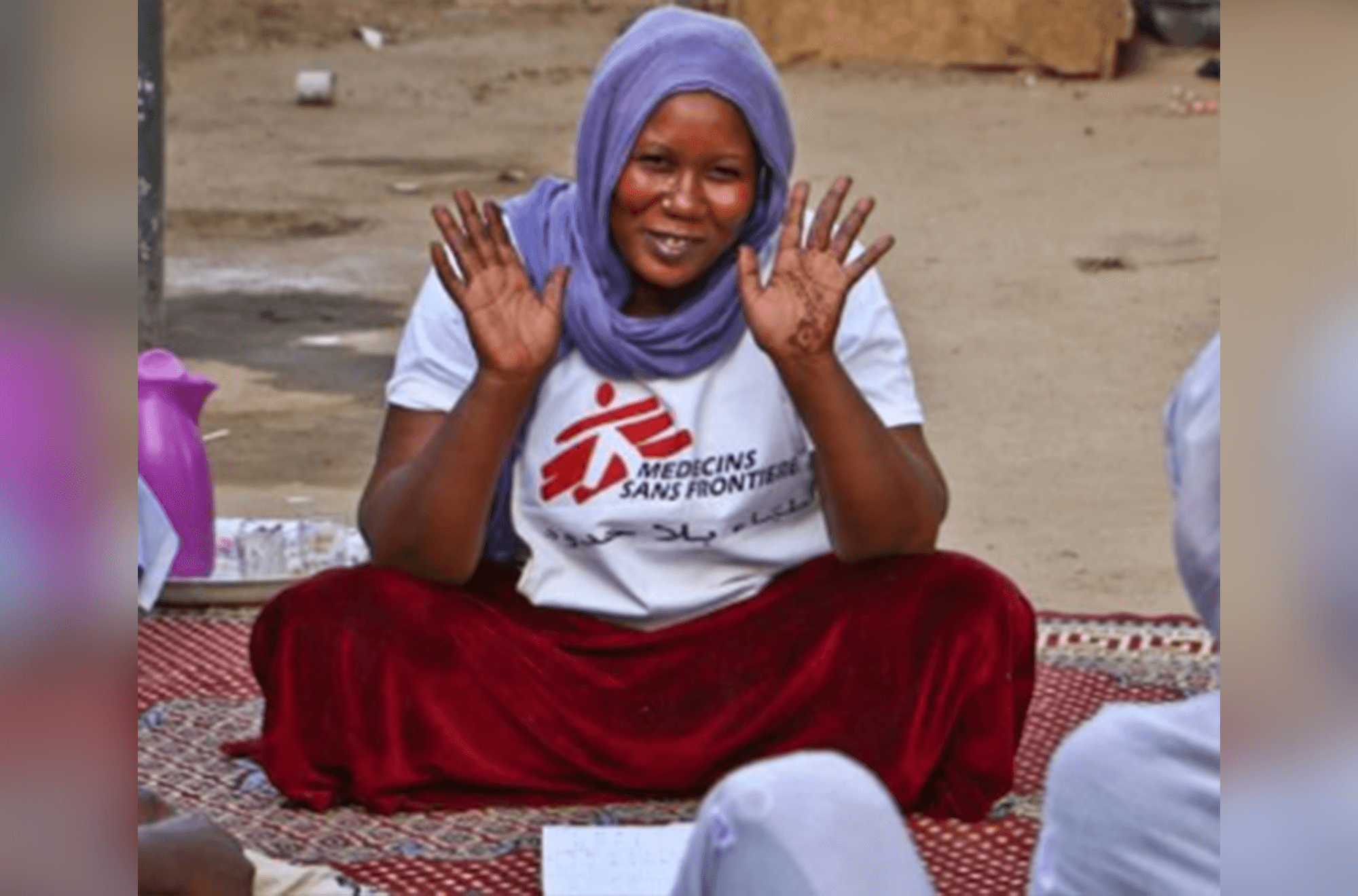
MSF East African Health Research Commission
by Manisha Kumar, Catrin Schulte-Hillen, Eva De Plecker, Ann Van Haver, Sonia Guinovart Marques, Maura Daly, Hilde Vochten, Lisa Merzaghi, Brice de le Vingne, Jean François Saint‐Sauveur
Perspectives on Sexual and Reproductive Health, 23 October 2022. DOI: 10.1363/psrh.12209 (Open access)
Abstract
Context: Despite instituting a policy in 2004, Médecins Sans Frontières (MSF) continuously struggled to routinely provide safe abortion care (SAC). In 2016, the organization launched an initiative aimed at increasing availability of SAC in MSF projects and increasing understanding of abortion-related dynamics in humanitarian settings.
Methodology: From March 2017 to April 2018, MSF staff conducted support visits to 10 projects in a country in sub-Saharan Africa. Each visit followed a systematic approach with six key components and related tools that were later shared with teams worldwide. Data regarding women seeking abortion services and related outcomes were collected and analyzed retrospectively.
Results: From Q1 2017 through Q4 2019, SAC provision increased significantly in all 10 projects, rising from 3 safe abortions to 759 safe abortions per quarter. Teams received 3,831 patients seeking SAC and provided 3,640 first and second trimester abortions, over 99% via medication methods. The overall complication rate was 4.29% and 0.3% for severe, life-threatening complications. No major security incidents were reported. MSF provision of SAC worldwide increased from 781 women in 2016 (the year before this initiative began) to 21,546 in 2019.
Conclusion: Implementation of SAC in humanitarian settings — even those with significant legal restrictions — is possible and necessary. Both first and second trimester medical abortion can be safely and effectively provided through both home- and facility-based models of care. Programmatic data provide valuable insights into abortion-related dynamics which must shape operational decision-making. Addressing internal barriers and providing direct field support were key to stimulating organizational cultural change.



